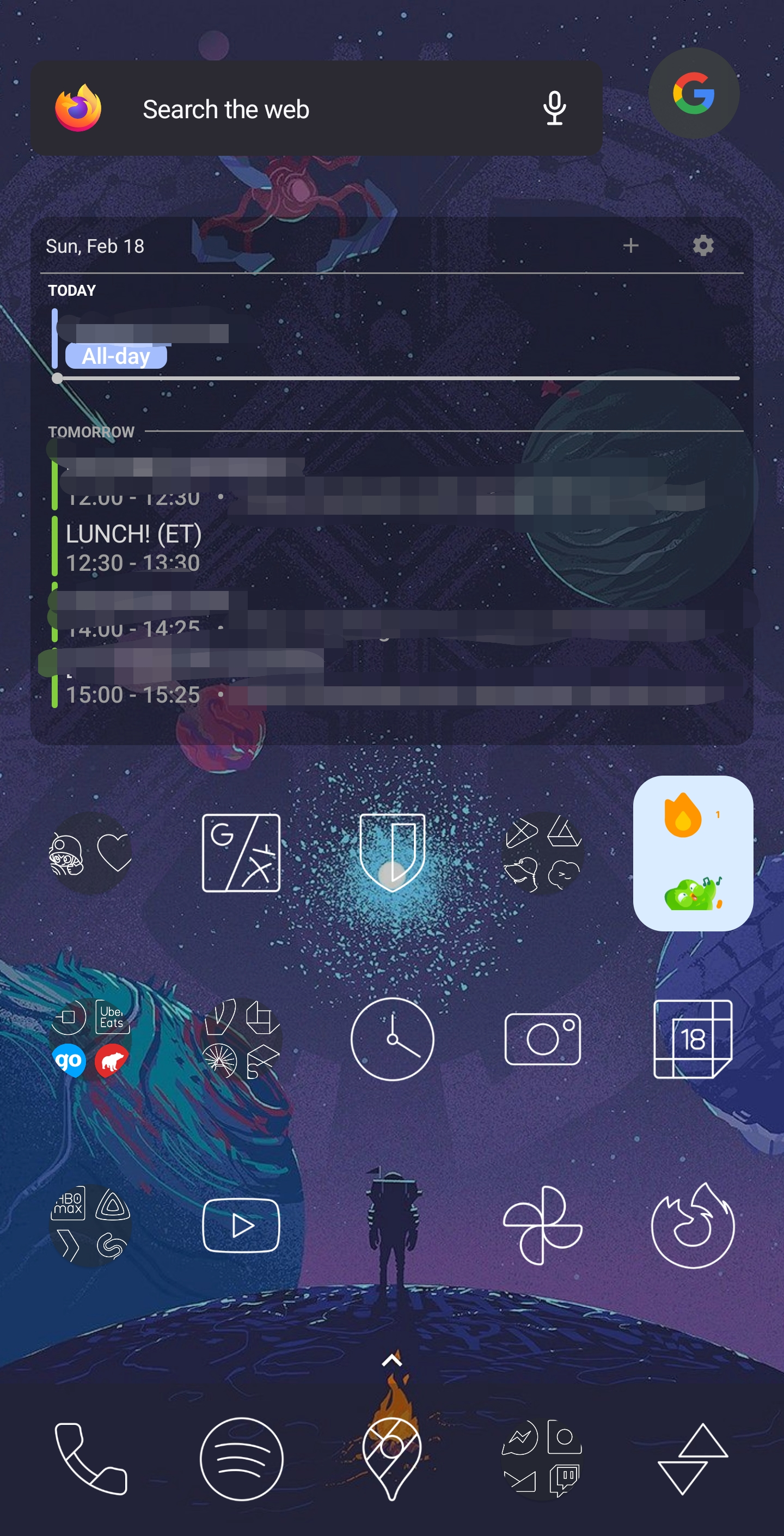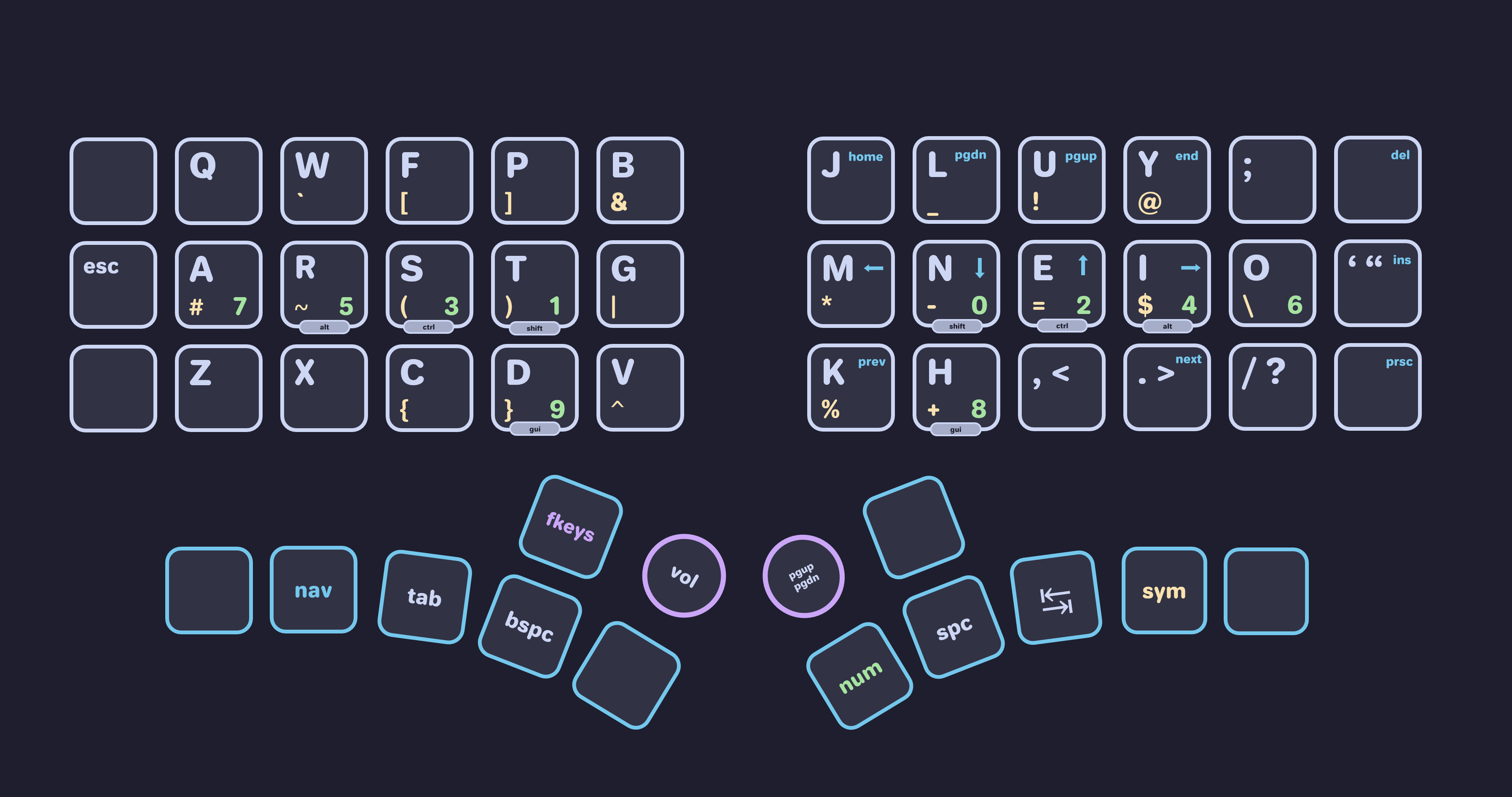10 million native Urdu speakers in Pakistan? there’s 11 million in Lahore alone and I’ve never met someone there who doesn’t speak Urdu
- 0 Posts
- 15 Comments
I’m so cooked I genuinely thought that’s what it was at first, until I noticed all the words were slang/recent colloquialisms

 5·8 months ago
5·8 months agoI love that these extensions exist and in theory they sound awesome. Unfortunately for a few reasons I’ve never been able to get in the habit of using Tridactyl (or any vim browser addon):
-
it doesn’t play nice with Google drive apps (which my company uses extensively), so if I use the vim shortcuts to cycle between tabs and open a Google doc, the next time I try to cycle tabs it will instead start typing in the document. (Alternatively I would never be able to interact with Google docs without manually enabling ignore mode)
-
hint mode works really well for some sites but a lot of sites have multiple anchors close together (eg one for an icon, one for text and one behind both) which leads to longer hints and difficulty figuring out which hint to actually use
-
Firefox doesn’t allow you to rebund the default “/” search (quick find) cycle keys. The default is c-G for next (not sure about previous); I would like to use n/N
On simple and well-designed “dumb” webpages it works amazing. I wish more sites were designed that way, but unfortunately a lot are made with the assumption of a mouse/touchscreen :(
-

 2·9 months ago
2·9 months agoNix being an expression based functional language, it doesn’t really make sense to have something like
let x=y;since this looks to most people like a statement (i.e. a line of code that gets executed as part of a sequence). This doesn’t exist in nix—instead you have expressions that get lazily evaluated, possibly out of order compared to what you’d expect.let x=y inmakes it more clear that the variable binding you’re doing is only in scope for the current expression, which reads something like “let x refer to y in x + 3”The function definition syntax is unusual but definitely not unintuitive imo. It captures the simplicity of the function semantics of nix—a function is just a mapping/transformation from one value (or set of values) to another. I don’t think it’s too much overhead to learn that they use
:to mean this instead of=>In terms of why they picked this syntax, it follows the traditions of other functional languages such as the ML family, Haskell etc.
I’m pretty proud of my current setup (kinda similar to yours)


 12·1 year ago
12·1 year agoyou can make it sort the first k elements and it will still be O(1). Set k high enough and it might even be useful
You don’t need the and right? Can’t it just be
return a or bThis doesn’t work if a is falsy non-null actually

 8·1 year ago
8·1 year agoWhy is the headline conflicting with the subtitle by a factor of 10?

 2·2 years ago
2·2 years agoI’ve been enjoying wezterm as a terminal emulator replacement for windows terminal. It offers nerdy fine grained customizability and an emoji/nerd font character picker. For most purposes WT seems to be fine though.
Seems like the prediction about the web panned out…

 3·2 years ago
3·2 years agoI really love PowerPoint. I feel like the automatic snapping features and general polish allow me to make very pretty slides
 with a high level of control, and it feels way better to use than e.g. web-based alternatives. Admittedly, I haven’t tried a foss alternative in years.
with a high level of control, and it feels way better to use than e.g. web-based alternatives. Admittedly, I haven’t tried a foss alternative in years.
Regardless of if this is intentionally designed to be misleading, a stack of sliders is the wrong way to show portions of a whole. I wonder what a better way would be for the web? A single slider with multiple knobs? Or like a single stacked bar with draggable boundaries between sections? I bet you could accomplish that with multiple sliders and some CSS to make them look like a single thing
I don’t write, but the Neorg project seems to be getting some attention from writers




I wonder if there’s already a git extension to automatically stash the working tree on every clean/reset/checkout operation…